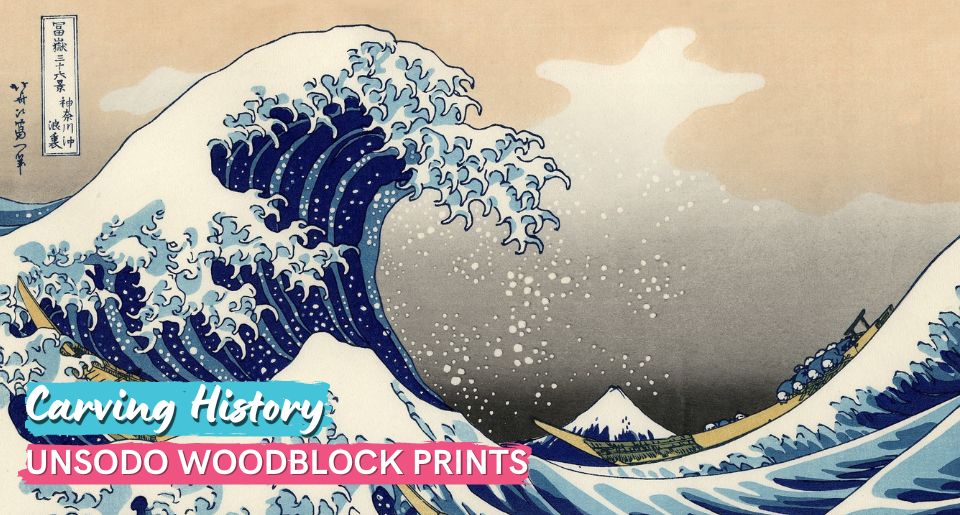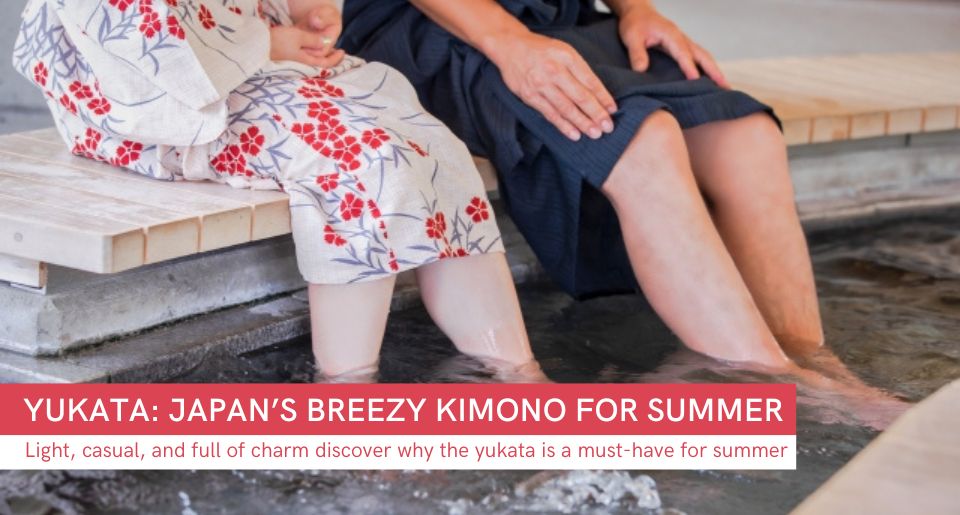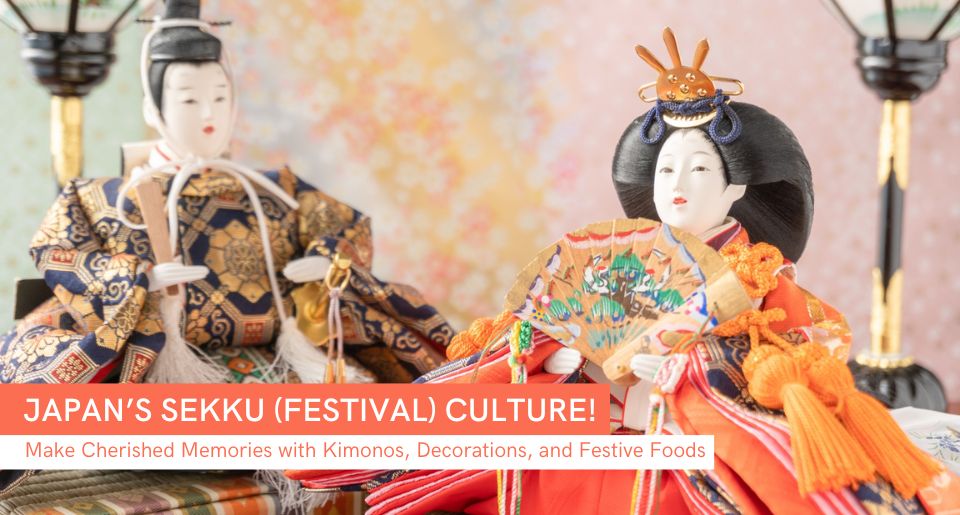Contents
- Unsodo: Crafting Legacy Since 1891
- The Birth of a Masterpiece at Unsodo
- Shin-Hanga: A Harmonious Fusion of Western & Japanese Art Styles
- How Shin-Hanga Guided Steve Jobs From the Very Beginning
- The Great Wave off Kanagawa: A Visual Feast of Fierce Nature
- From Kyoto to Your Home: Order Your Own Piece of History!
- About the Writer
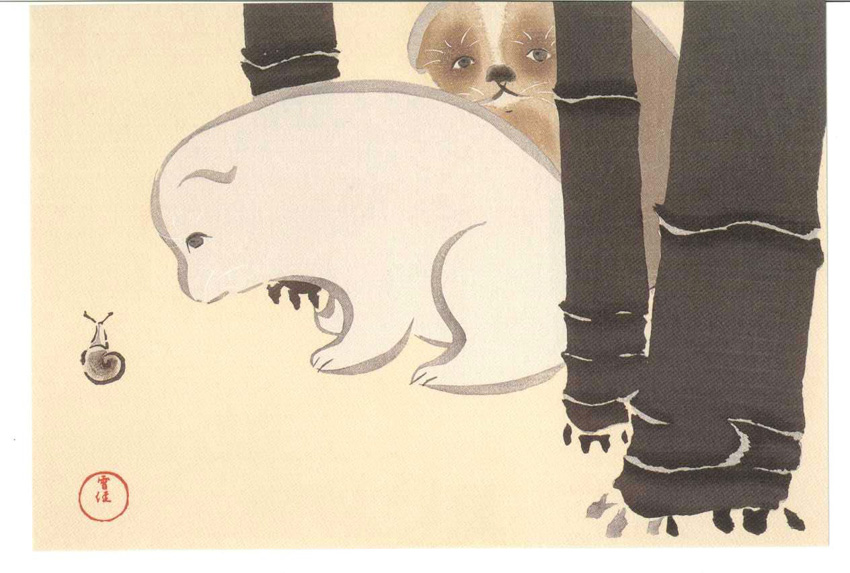
Craving a touch of the captivating charm found in traditional pre-World War Japanese art? The very art that once inspired and graced the room of the visionary Steve Jobs? Look no further, as we're here to introduce you to the fascinating world of woodblock prints and craft something just for you – a masterpiece carefully made by skilled human hands in Kyoto from scratch, carrying forward a legacy that spans decades.
That said, join us as we explore the mesmerizing realm of time-honored Japanese art, a treasure now exclusively crafted in a single location in Japan that continues to offer those with a keen eye for art the opportunity to behold authentic Japanese woodblock prints. Each unique piece carries an unmistakable warmth and meticulous attention to detail that only the human touch can provide, opposite to the impersonal and replicated nature of digitally printed artworks.
As an added bonus, we'll also guide you through how you can easily make one of these one-of-a-kind masterpieces your own, all without having to be in Japan and from the comfort of your own home. So, keep reading for more exciting details!
Unsodo: Crafting Legacy Since 1891
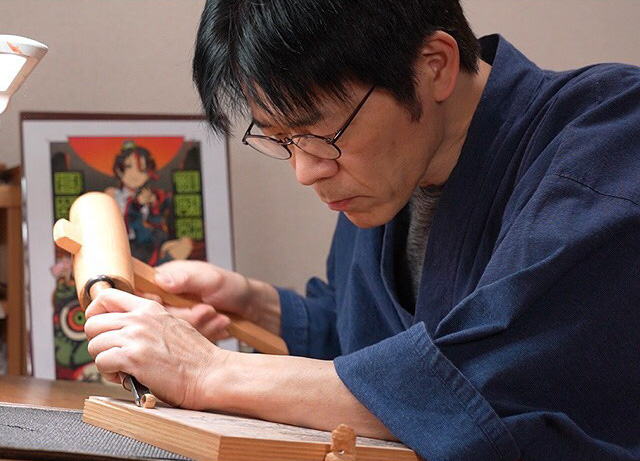
Founded in 1891 by Naosaburo Yamada in Kyoto, Unsodo (芸艸堂) takes pride in being the sole publishing company in Japan that specializes in producing handcrafted woodblock books. With a history spanning over a century, Unsodo has built a legacy to be proud of – it first gained independence from the established Tanaka Bunkyudo bookstore, embarking on its journey of publishing design books in Nijo, Teramachi, under the name "Yamada Geishodo." In 1906, Unsodo achieved another milestone by merging with "Honda Unsodo," an enterprise managed by Naosaburo's siblings, to establish "General Partnership Unsodo." The company further expanded its reach in 1918 with the opening of a Tokyo store situated in Yushima, Bunkyo-ku, Tokyo.
If you're curious about the origin of the company’s interesting name, Unsodo actually draws inspiration from Tomioka Tessai. Unso is a perennial Rutaceae family plant (known as Wijnruit in Southern Europe) that is used for medicinal and ornamental purposes. Interestingly, it has a historical role in book preservation, where it acted as a herb to keep pests at bay.
The Birth of a Masterpiece at Unsodo
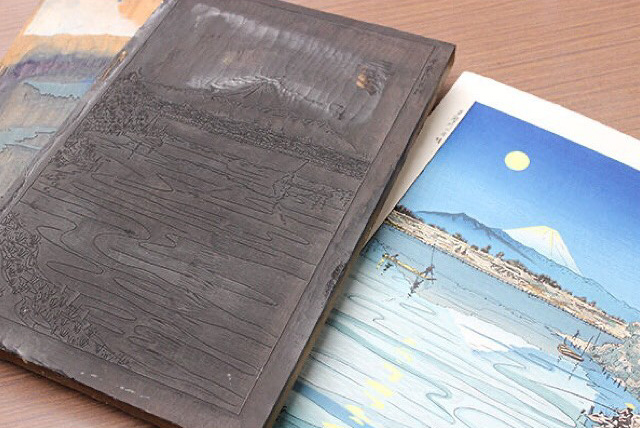
The charm of Unsodo captures you the moment you walk into their store, initiating a captivating experience right from the start. Upon entering the more than century-old establishment, you're greeted by the overpowering scent of wood blended with the aroma of paint. It's like stepping back in time, feeling the incredible dedication and mastery that went into crafting these one-of-a-kind masterpieces. “As soon as I entered the warehouse, there was a heaviness in the air,” said Contemporary artist Kohei Kyomori. “The strong scent of aged wood and ink evoked an air of traditional and cultural grandeur.”

The company employs the same woodblock printing methods as the Ukiyo-e printmaking techniques from the Edo period. Even though the art form has endured the test of time, at Unsodo, the artists continue to breathe life into it through their exceptional mastery of the craft.“Their process was time-consuming and very meticulous,” Kyomori added, pointing out that “these days, we can easily create a print digitally or simply download an image from the web, but they made me feel the importance of the human touch in art.”
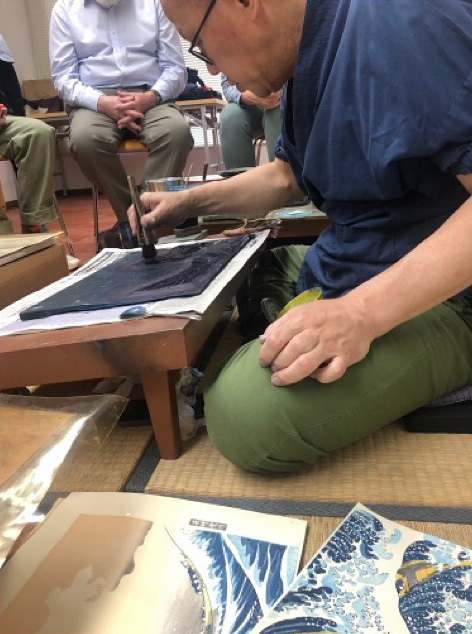
To create a single masterpiece, they begin by carefully carving a black line onto the board, and then meticulously carve a colored board. It's a process that requires both time and unwavering dedication, as skilled craftsmen carefully carve each piece one by one, leaving absolutely no room for imperfections. Finally, the printing stage entails a precision much like that of a sushi master, rubbing a hundred sheets to achieve a harmonious tone, all while keeping the color balance just right. “There is a great deal of complexity in color variations and extreme precision,” engraver Kitamura Shoichi said.
Engraver Kitamura Shoichi carves and uses 27 woodblocks to overprint 52 times creating this stunning piece of art.
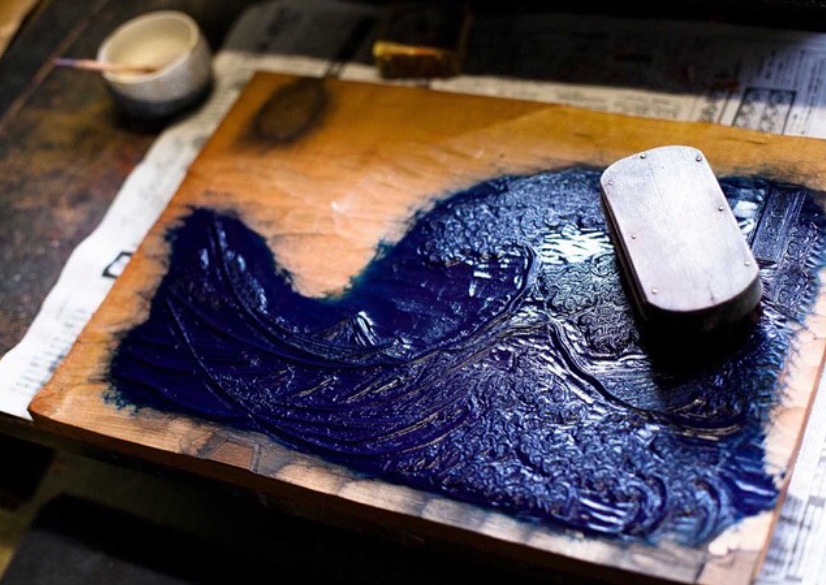
Unsodo in Kyoto still publishes some of the most famous woodblock prints in history.
He highlights the fact that while handcrafted art carries its own challenges, the artists at Unsodo skillfully leverage the inherent advantages of the process to amplify the benefits and deliver nothing short of aesthetically pleasing results. This becomes especially meaningful when the viewer realizes that these creations are crafted by human hands, without any digital elements in play. “It may seem like it can be only done digitally, however, we have to keep in mind that there are strengths and weaknesses in the methods done by hand, and specific tasks require thinking about leveraging the strengths to compensate for the weaknesses effectively. I believe that the quality of the work should live up to the expectations,” Shoichi added.
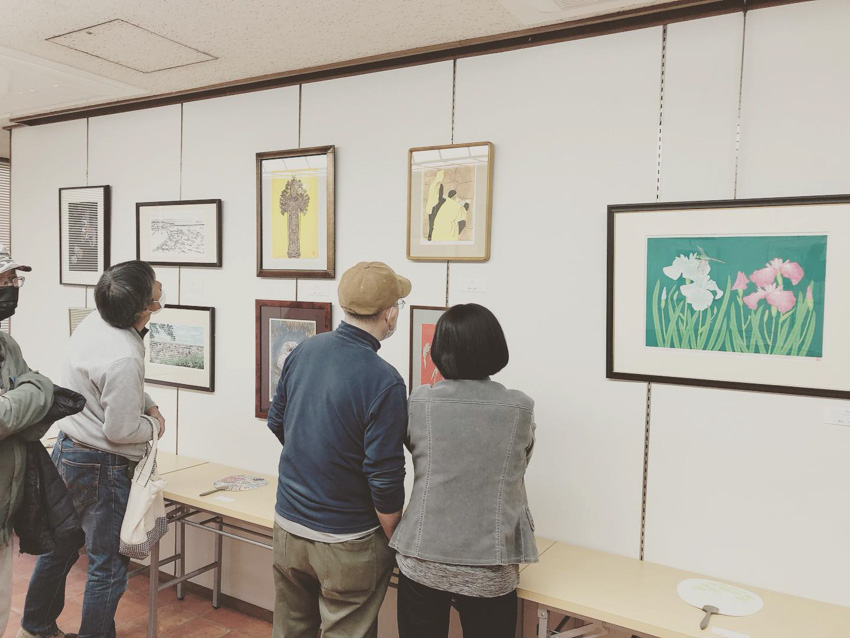
Perhaps one of the most enticing aspects of handmade art is that no two pieces will ever be exactly alike, which evokes a deep sense of warmth for the owner, knowing they have something crafted only for them – a unique creation, not simply digitally replicated and mass-produced. “When you create a digital print, the colors are uniform every time, but when you are hand printing, applying light and heavy pressures create subtle tonality, so it’s not uniform every time,” Woodblock printer Kyoko Hirai explained. “The warmth brought by the human touch is a quality that cannot be found in digital prints.”
Shin-Hanga: A Harmonious Fusion of Western & Japanese Art Styles
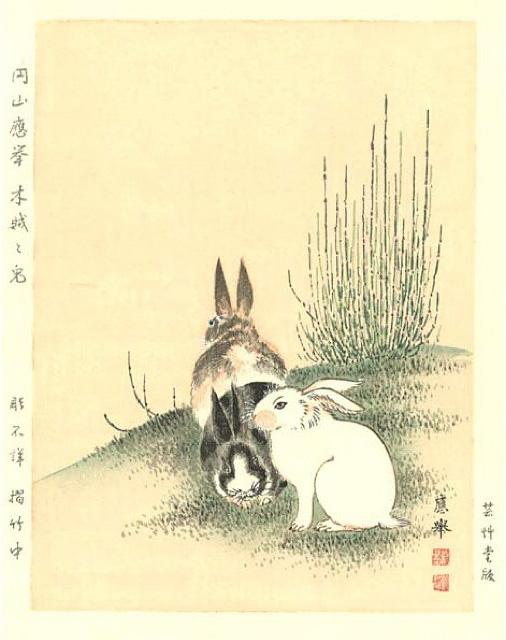
Shin-hanga ((新版画, new prints) was a notable Japanese art movement that took place during the Taishō (1912-1926) and Shōwa (1926-1989) periods. This movement breathed fresh life into the age-old ukiyo-e art, which originated in the Edo (1603-1868) and Meiji (1868-1912) periods. The movement wasn't a blind imitation of Western art styles; instead, it focused on traditional themes such as beautiful ladies, landscapes, and portraits of actors. On the other hand, it drew inspiration from European Impressionism, motivating artists to blend Western aspects like the interplay of light and the depiction of personal emotions. As a result, it successfully integrated Western influences while preserving the core values of Japanese traditional woodblock prints.
The Japanese ‘new prints’ movement was brought to life by publisher Watanabe Shozaburo and nurtured under his guidance. It was during the period of roughly 1915 to 1942 that the movement gained momentum and was allowed to thrive. It later made a comeback, although on a smaller scale, after the turbulence of World War II, maintaining its influence through the 1950s and 1960s.
How Shin-Hanga Guided Steve Jobs From the Very Beginning
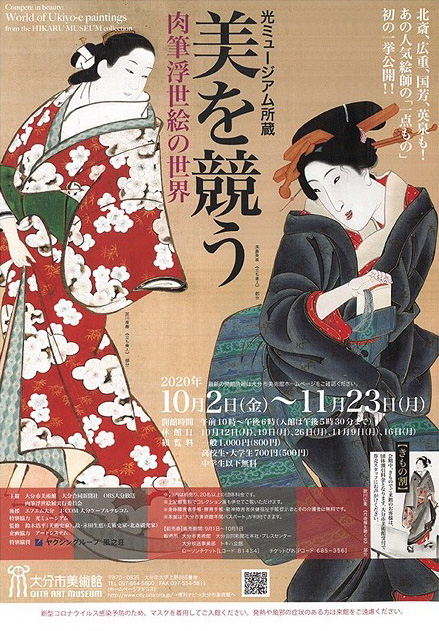
Shin-hanga style prints are so captivating that they left an ever-lasting mark on a man often considered a world-changing figure, whose influence endures even in the present day through his remarkable contributions to technology, product development, and innovation—Steve Jobs. As a teenager in the suburbs of San Francisco, Steve Jobs was introduced to Japanese art in the home of his best friend, Bill Fernandez. It was there that he first encountered Japanese Shin-hanga artworks adorning the walls of the house, leaving the young Jobs completely mesmerized.
“He loved those, he was drawn to them, they appealed to him,” Fernandez told the NHK WORLD-JAPAN. “Our house was a catalyst for Steve Jobs’s development of his aesthetic sense, a big part of that was the Shin-hanga.” According to Fernandez, Jobs found himself particularly drawn to this traditional Japanese art because he perceived it as simple, clean, and inherently natural.
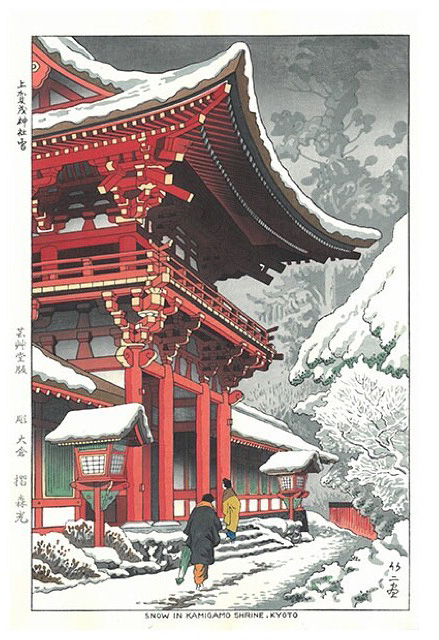
Even after achieving the successful launch of his now-multinational company and guiding Apple to become the second-largest information technology giant, Jobs never lost his fascination with the charm of Japanese artwork. According to former Apple CEO John Sculley, the bedroom of the mastermind behind this company featured only a simple single bed, while the wall was adorned with three photos: one depicting Albert Einstein, another of Mahatma Gandhi, and the third showcasing a Japanese woodcut Shin-hanga style print portraying a lady titled Morning Hair (1930), crafted by the artist Torii Kotondo.
The Great Wave off Kanagawa: A Visual Feast of Fierce Nature

The Great Wave off Kanagawa (1831) by Hokusai (1760-1849).
The Great Wave off Kanagawa (神奈川沖浪裏) stands as one of the most captivating, instantly recognizable, and widely reproduced artworks in history. Commonly known as The Great Wave, this iconic woodblock print was the creation of the prominent Japanese ukiyo-e painter and printmaker Katsushika Hokusai (1760–1849) in 1831.
Every single detail within the artwork is remarkably fascinating, depicting a massive rogue wave that towers threateningly above three boats, while fishermen cling to their lives amidst the rough sea. Eight rowers in each boat can be seen firmly clutching their oars as they exert their effort. Positioned at the forefront of each boat, an additional pair of relief crew members is depicted. While the artwork portrays 30 individuals, only 22 are visible to the eyes. The boats are thought to be journeying from neighboring fishing villages to the markets of Edo, a city that was later renamed Tokyo in 1868.
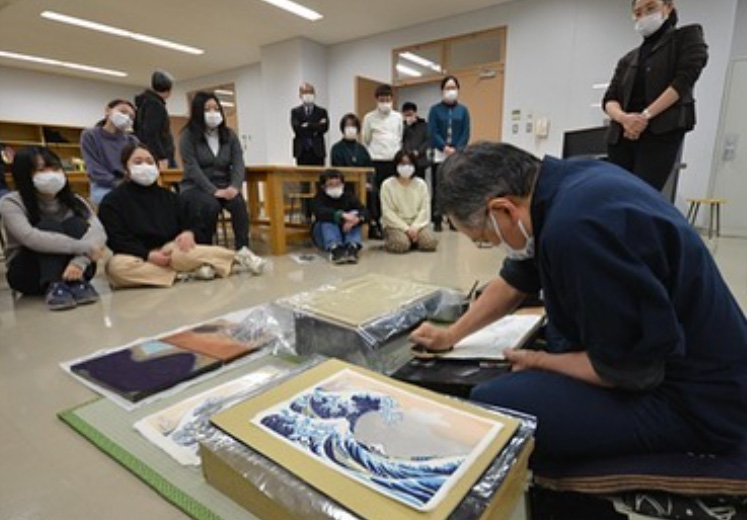
As part of a series of artworks known as Thirty-six Views of Mount Fuji, The Great Wave holds an element of fascination because the snow-capped summit of Mount Fuji should be the main focus of the painting. Yet, one might not notice it at first glance as it skillfully blends with the background. Perhaps this gives you an interesting story to share with your guests when they first lay eyes on the artwork gracing your wall!
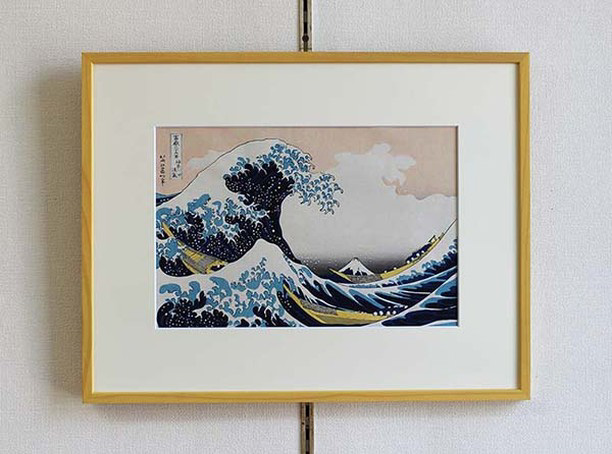
The Great Wave is celebrated for the sense of depth it provides to viewers, achieved through a compelling interplay of background and foreground. The forceful energy of the great wave stands in stark contrast to the tranquil emptiness of the background, beautifully capturing the essence of the yin and yang symbol. "It invokes a romantic, almost stereotypical view of Japan, at least from a foreigner's perspective," says exhibit curator Wayne Crothers."It is an instantly recognizable image, as it embodies the very essence of Japanese spirit with the inclusion of Mount Fuji."
The sea is the central theme of this artwork, structured around the form of a wave that extends and encompasses the entirety of the scene before crashing down. Using the boats as a frame of reference, it's possible to make a rough estimation of the wave's size, falling between 33-39 feet (10-12 meters) in height.
The artwork also includes the first signature within the white rectangle at the top-left corner, which serves as the title of the piece and reads: "冨嶽三十六景/神奈川沖/浪裏" Fugaku Sanjūrokkei / Kanagawa oki / nami ura, meaning "Thirty-six views of Mount Fuji / On the high seas in Kanagawa / Under the wave". On the left side, the artist's signature is inscribed as “北斎改爲一筆 Hokusai aratame Iitsu hitsu which translates to "(painting) from the brush of Hokusai, who changed his name to Iitsu".
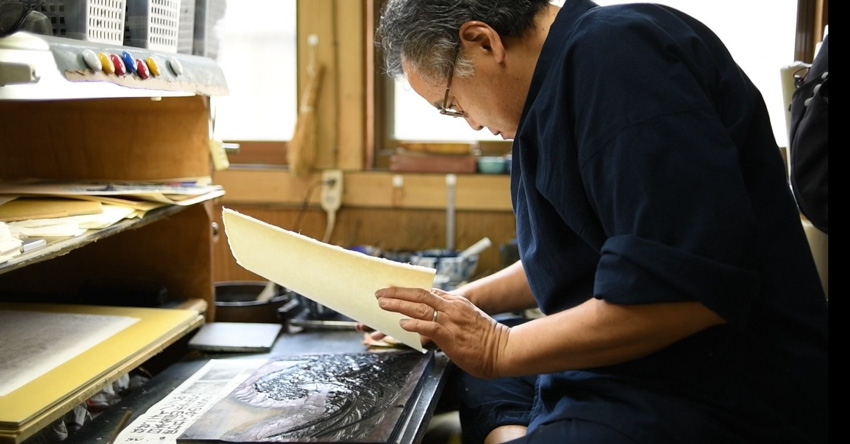
The Great Wave has garnered tremendous admiration ever since its creation, evident in the numerous reproductions that go beyond artwork to encompass a diverse array of products. These range from t-shirts, shorts, sweatshirts, and bikinis to cushions, children’s books, phone cases, face masks, stationery, and puzzles, among many others. Mr. Crothers has even described the artwork as “possibly the most reproduced image in the history of all art." Its popularity has also extended to the point where it has been featured on various stamps. These stamps hail not only from Japan but also from countries like France and Uganda.
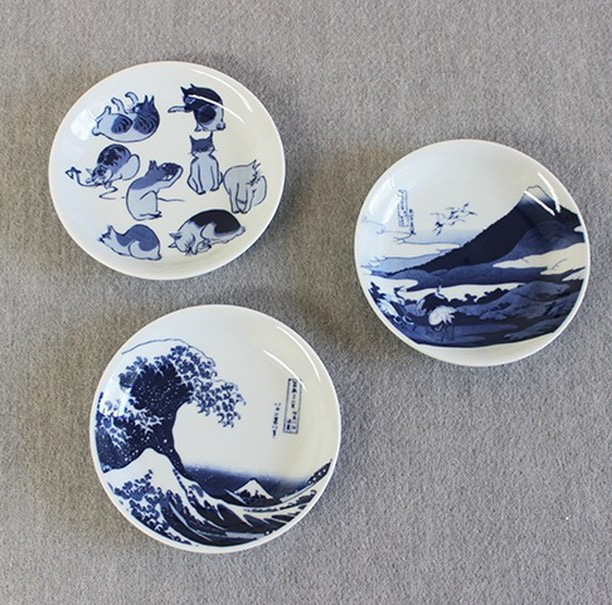
The popularity of this artwork is strongly evident within the halls of Unsodo, proudly holding the title of their top seller among foreign visitors frequenting their store. Having been created in 1831, the skilled artists at Unsodo are the only ones in the world who maintain the careful process of printing The Great Wave off Kanagawa to this day, carrying forward the legacy of this magnificent artwork. You can easily place an order for the artwork from Unsodo through this link, enabling those who desire a touch of the past for their homes to lay their hands on an authentically crafted piece made from scratch and finished to perfection.
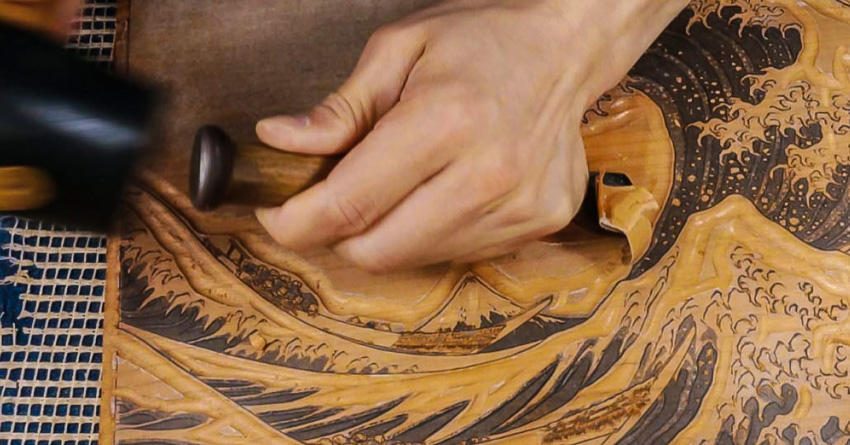
- Exciting note: Unsodo isn't just about creating renowned artworks; they're also open to unique requests and consistently meet clients' expectations. So, don't hesitate to reach out to these skilled artists for a personalized, human-made masterpiece that will be a true reflection of you.
From Kyoto to Your Home: Order Your Own Piece of History!

Now that you've delved deep into the captivating realm of authentic Japanese woodblock prints and the meticulous attention to detail required in their crafting, the final step is to obtain your very own masterpiece from Unsodo and proudly display it on the walls of your house. If you happen to be in Kyoto, you might be lucky enough to immerse yourself in the distinctive atmosphere of the aged wood and paint within the warehouse. Alternatively, you can opt for the hassle-free method and place your order online with just a few clicks, all from the comfort of your own home.
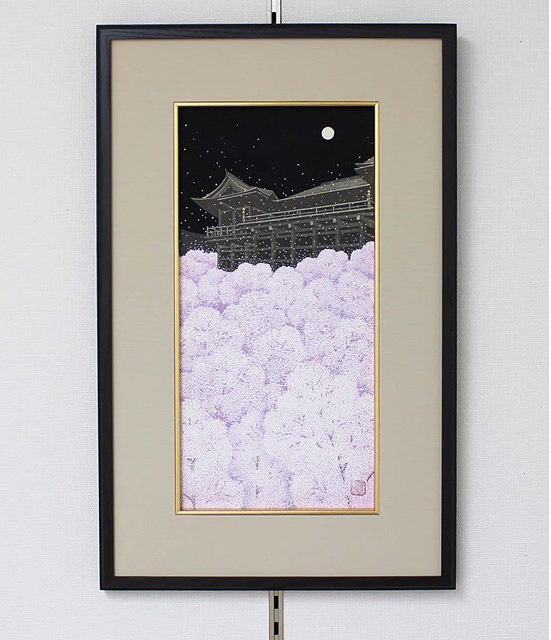
The best part is that you don't have to physically be in Japan to own a woodblock print masterpiece from Unsodo – you can have it easily delivered to your doorstep no matter where you are in the world, all thanks to the massive e-commerce platform ZenPlus. The international company serves as a hub for over 3,000 Japanese online stores, showcasing an incredible selection of over 5 million items. Its main purpose? To connect global customers with Japanese online retailers, making it easier to get your hands on genuine and hard-to-find Japanese products.
Among the numerous Japanese shops featured on ZenPlus, Unsodo claims the throne when it comes to offering meticulously handcrafted works of art, bringing a touch of authentic elegance to homes that never fails to impress. With a dedicated team working tirelessly around the clock to offer a top-notch experience for international shoppers, getting your hands on the perfect piece of art is just a few clicks away. You can place an order and rest assured that you'll easily receive the precise piece of art you desire, delivered right to your doorstep from Japan's exclusive publishing company of woodblock prints!
About the Writer
Meet Mariam - a freelance writer with a lifelong love for cooking, beauty, and Anime, starting from the tender age of six. Now, with boundless creativity and determination, she aims to deliver the most valuable content for readers to offer them a glimpse into her passions in life.

